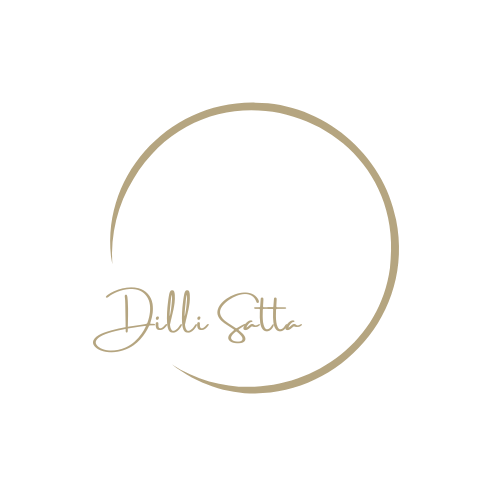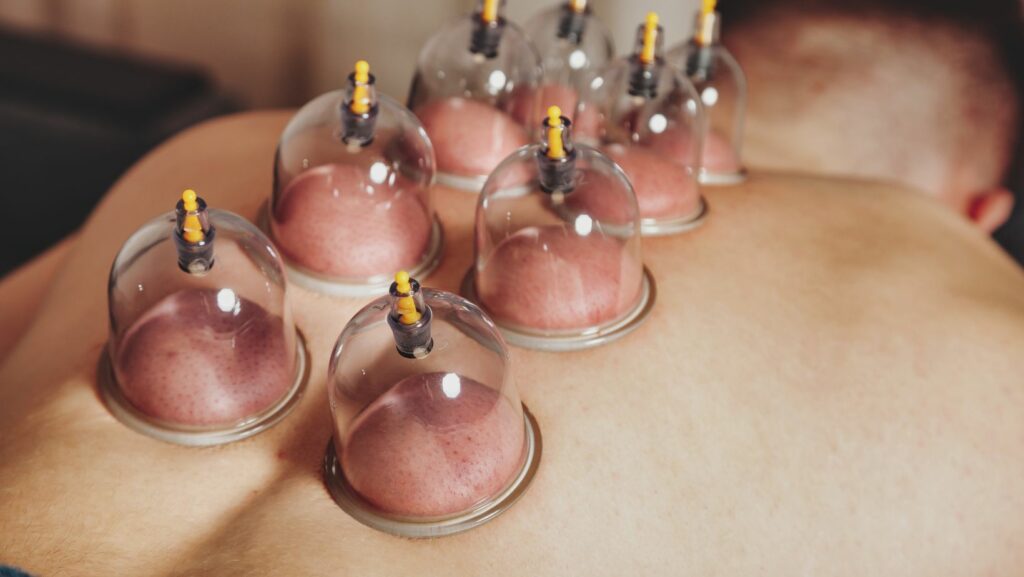Trying to tighten sagging skin but not interested in surgery? Ultherapy could be just what you need. This non-invasive treatment uses ultrasound energy to lift and tighten skin on your face, neck, and chest—no scalpels or downtime required. Ultherapy jumpstarts collagen production deep below the skin’s surface, so you get natural-looking results without any recovery period. Depending on the area, the whole thing takes about 30-90 minutes. Most folks go right back to their day when it’s over.
Ultherapy Prime targets the deeper layers of skin without harming the surface, which sets it apart from a lot of other cosmetic treatments. Results don’t show up overnight, though. You’ll notice changes gradually over 2-3 months as your body makes fresh collagen. Many people see results that last a year or more before they think about a touch-up.
Ultherapy gives you a modern way to tighten skin—no surgery needed. The FDA has cleared it, and it uses focused ultrasound energy to get your skin to make more collagen.
What Is Ultherapy?
Ultherapy is a non-invasive, FDA-cleared procedure that lifts and tightens skin on the face, neck, and chest. Unlike lasers, which mostly work on the surface, Ultherapy skips right past it to deliver energy deeper down. Ultrasound imaging helps the provider see the exact layers they’re working on, so they can target the right spots for the best results.
Most people only need a single treatment, but if your skin’s extra loose or responds slowly, you might want another session. Results show up over a couple of months as new collagen builds up.
Science Behind Ultrasound Skin Tightening
Ultherapy sends focused ultrasound energy to the same foundational layers that surgeons target in facelifts. This energy creates tiny thermal points where temperatures get up to about 65-70°C.
Your body reacts to this controlled heat by kicking off its natural repair process. That means you start making new collagen and elastin—both are key for firmer, bouncier skin.
Main scientific benefits:
- Targets multiple depths (1.5mm, 3.0mm, and 4.5mm)
- Stimulates both shallow and deep support layers
- Leaves the surface untouched

As new collagen forms, it gradually replaces older tissue, so improvements look and feel natural.
Non-Invasive Technique and Treatment Process
An Ultherapy session usually lasts 30-90 minutes, depending on the area you’re treating. First, they’ll clean your skin and put on some ultrasound gel. The provider places the device on your skin and uses ultrasound imaging to map out exactly where to send the energy. This step helps them deliver it right where it’ll do the most good.
During the procedure, you’ll notice little bursts of energy at different depths. That’s the collagen-boosting magic starting to work.
What happens during and after:
- No cuts or needles
- No anesthesia needed (though they might offer something if you’re uncomfortable)
- You can get back to your normal routine right away
Some people have mild redness, swelling, or tenderness, but these usually fade in a few hours.
Treatment Areas and Suitability
Ultherapy treats several areas that tend to show aging:
Face and neck: Lifts brows, reduces under-chin fullness, and sharpens the jawline.
Décolletage: Smooths out lines and wrinkles on the chest.
Body: Some providers use it for mild tightening on arms, knees, or even the abdomen.
The best candidates are typically in their 30s or older with mild to moderate sagging. If there’s a lot of loose skin, surgery might be a better bet.
What else matters?
- How thick your skin is
- How loose it’s gotten
- Your general health
- Your expectations
Meeting with a provider helps figure out if Ultherapy fits your goals.
Key Benefits and Safety of Ultherapy
Ultherapy offers some big advantages if you want tighter skin without surgery. The FDA has cleared it, and when a skilled provider does it, the safety record is solid.
Natural Collagen Production
Ultherapy taps into your body’s own healing power. Focused ultrasound energy heats tissue at specific depths, which sparks a process called neocollagenesis.
When the tissue hits that sweet spot temperature, your body starts cranking out new collagen. That’s the protein that keeps skin firm and elastic. Collagen builds up gradually over a couple of months after treatment.

Ultherapy goes deeper than most surface-only treatments, targeting the same layers a facelift would. Thanks to ultrasound imaging, providers can see exactly where they’re working and make sure the energy hits the right spot.
No Downtime or Recovery Required
One of the best things about Ultherapy? You don’t have to pause your life. Most people go right back to their usual activities after a session. There are no incisions, no anesthesia, and no long list of aftercare rules.
A full face and neck treatment takes about 60-90 minutes, and smaller areas take less. You might have some redness, swelling, or tingling, but these usually clear up in a few hours.
Compared to surgery, which can mean weeks of recovery, Ultherapy is easy to fit into a busy schedule. Some folks even squeeze it in on their lunch break and head right back to work.
Common short-term side effects:
- Mild redness (fades in a few hours)
- Light swelling (gone in a day or two)
- Tenderness (usually better within a week)
Long-Term Results and Maintenance
Ultherapy brings gradual improvement that keeps building for up to 6 months. Most people start to see some tightening in the first month, but the real changes usually show up around 3 or 4 months after treatment.
Results often stick around for 1-2 years, though it really depends on things like your age, lifestyle, and how quickly your skin ages. If you stick to sun protection, eat well, and take care of your skin, you might stretch out those benefits a bit longer.
Plenty of folks book maintenance sessions every 12-18 months to keep their results going. Each time, your skin gets a little more collagen boost on top of what you already have.
Ultherapy works with your body’s natural processes, so changes show up slowly and look like you—just refreshed. You won’t get that “overdone” effect that sometimes happens with more invasive treatments.

